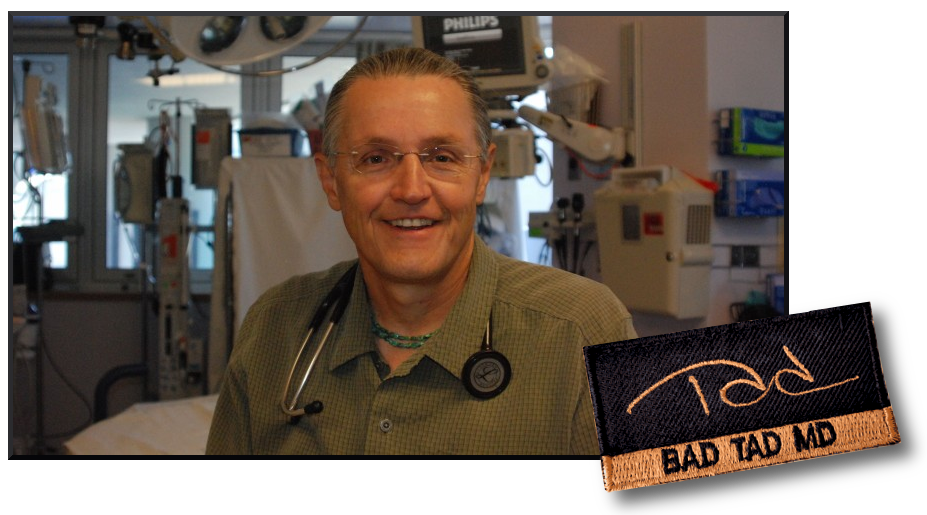Ambulance Taxi, Ipecac and Water, Resurrection Oxygen
Here are three true stories about something that happened to the patient before he or she arrived in the emergency department.
Ambulance Taxi
A 69-year-old man was out in public and needed a ride so he called a cab. When the cabby refused to take his watch in payment for the planned ride, an argument ensued and the cabbie left. The man then fell to the ground and feigned being ill. A passerby took pity on him and called an ambulance that took him to the emergency department. He told me what happened and asked that I find him a board-and-care home where he could live. He had no medical complaint and expected no medical care.
Resurrection with Oxygen
Our emergency department is the base station for the County Emergency Medical System. This means paramedics call us if they need any guidance.
One night, I took a call from frustrated medics. They were on the scene with an eighty-five-year-old lady who had been seen by reliable bystanders to be down and not breathing for two hours. The medics got there and found her to be dead. When they wanted to pronounce her dead and call the coroner, a daughter, who was present, objected. She wanted the patient transferred to the university hospital and placed on oxygen for three days. She claimed to be a nurse and said she had experience causing her to believe this therapy would help her mother.
The medics put the daughter on the phone and I talked with her. I tried to get her to see that her mother was dead and there was nothing that could be done about it. She didn’t want to believe me and was not happy when I instructed to medics to call the coroner.
Ipecac Followed by Water
When I was practicing in Alabama, I worked in a hospital that also served as the medical command for the County Emergency Medical System. At that time, any treatment given by the paramedics had to be ordered by the doctor at the hospital. If the medics wanted to give a medicine to a patient in the ambulance, they had to call us for permission to do so.
One night, I got a call from the medics saying they had a patient who had just overdosed on pills. As was the procedure then, I ordered a dose of a medicine called syrup of ipecac, which was given to cause the patient to vomit. After the medicine is taken the patient was supposed to drink several glasses of water until the onset of vomiting. So, over the radio I ordered, “ipecac followed by water.”
Soon they arrived at the hospital and I was puzzled to find the patient was wet. The medic gave the patient the ipecac to drink then threw a glass of water over him.
